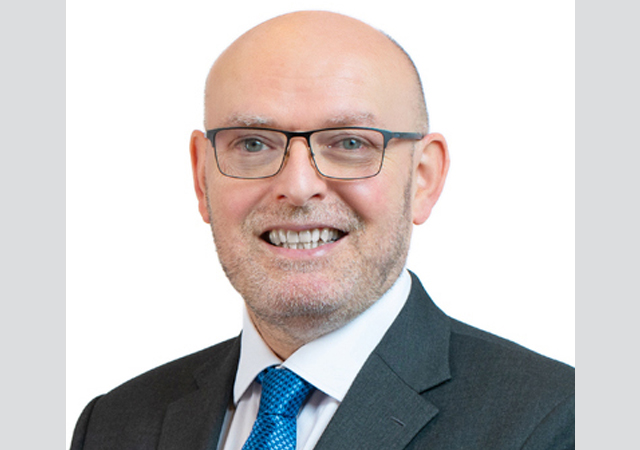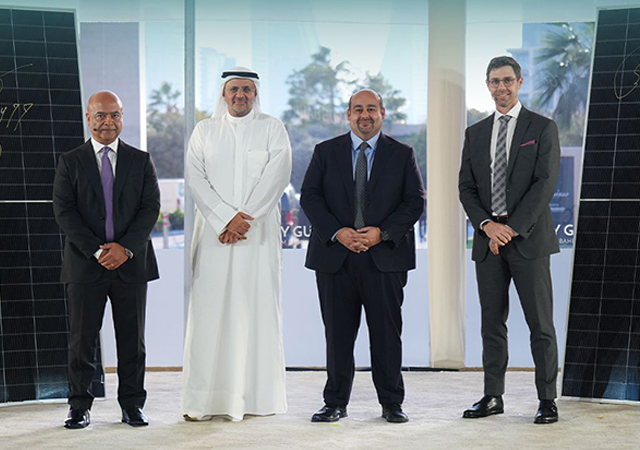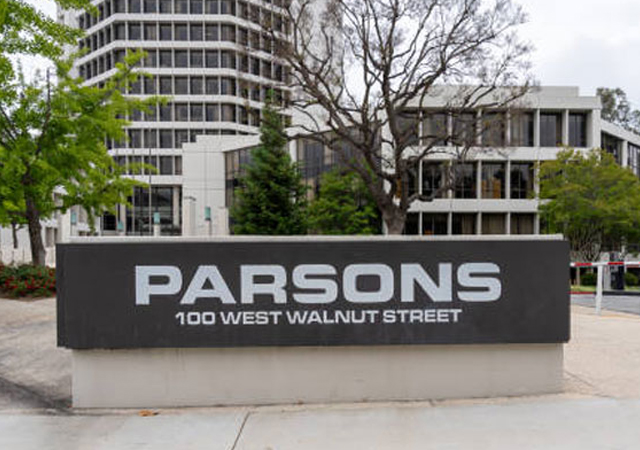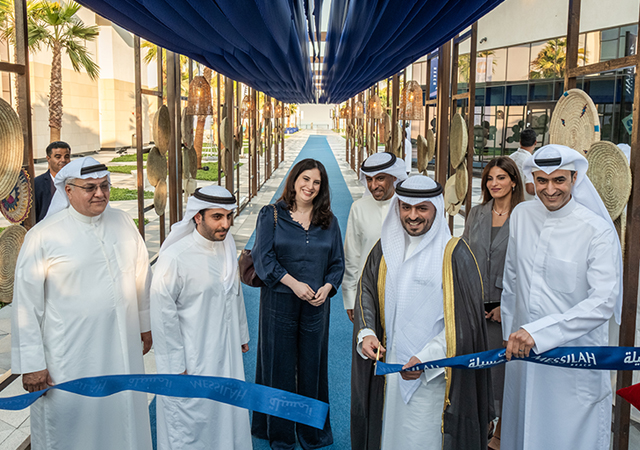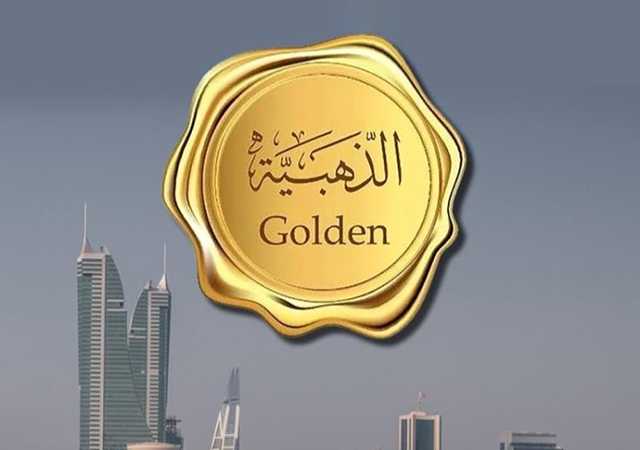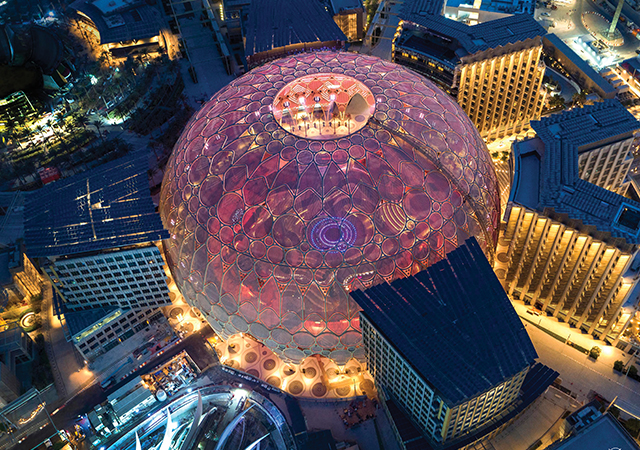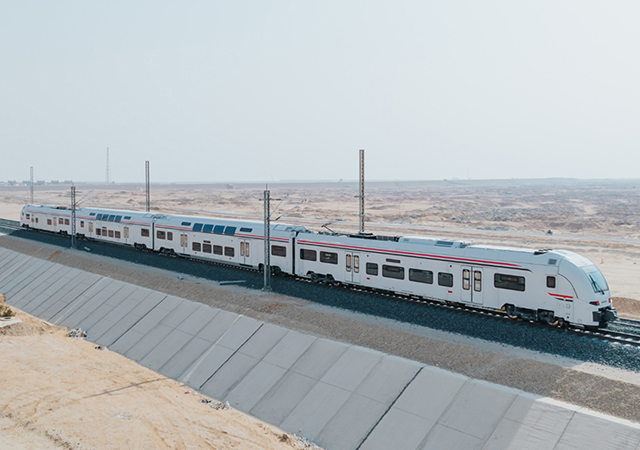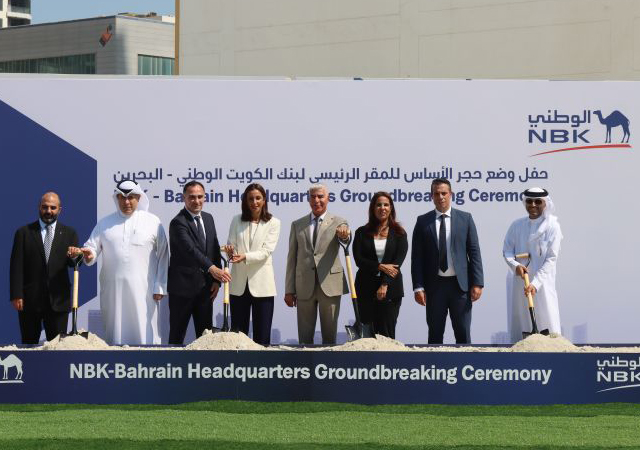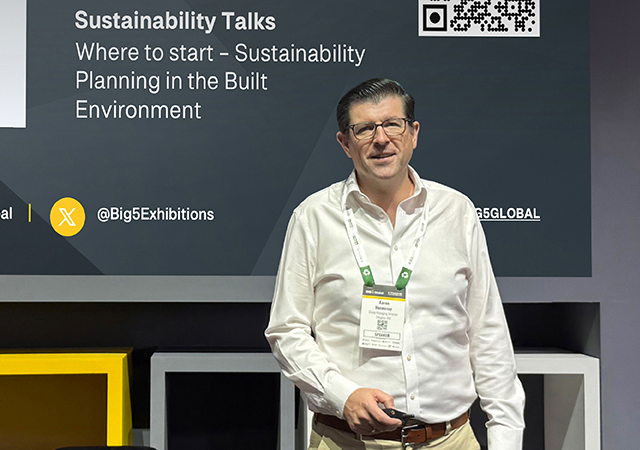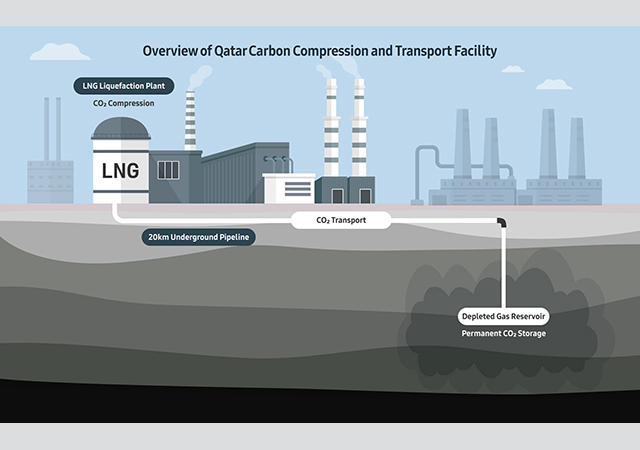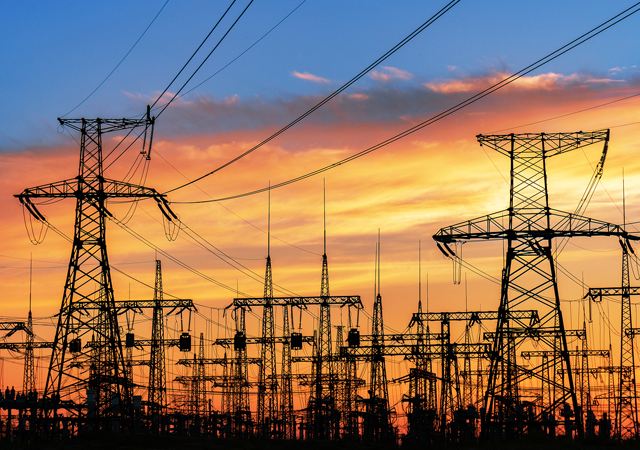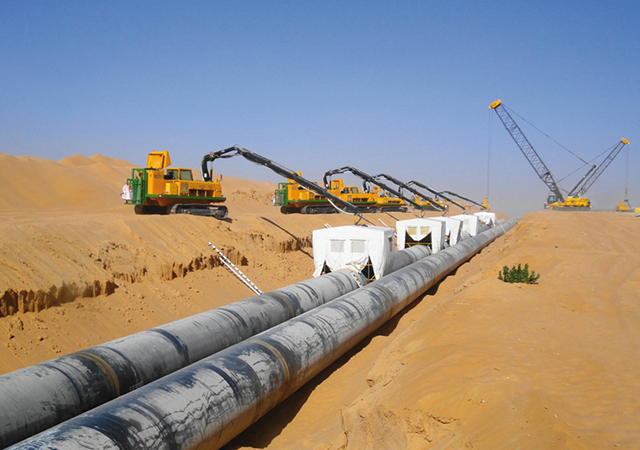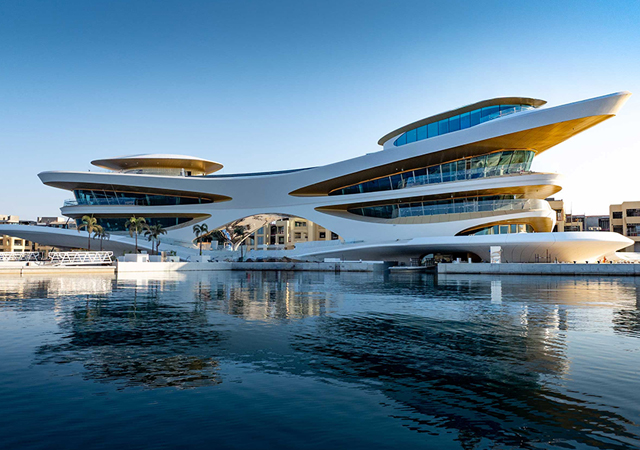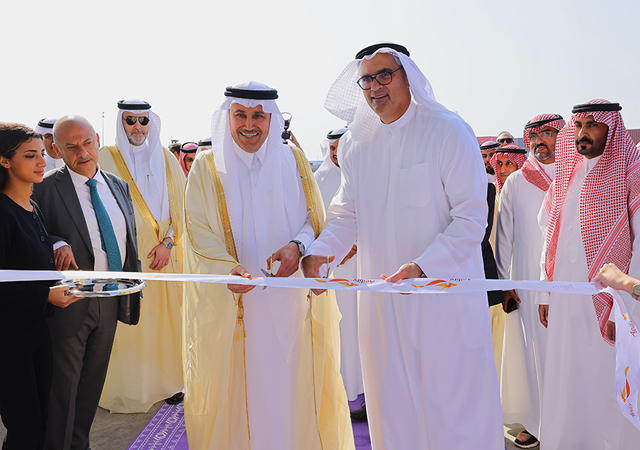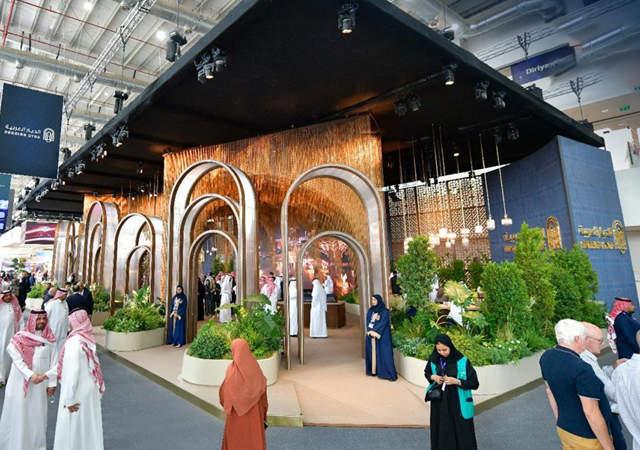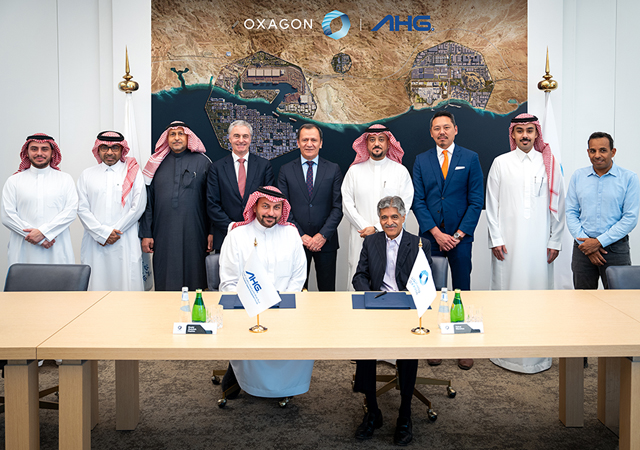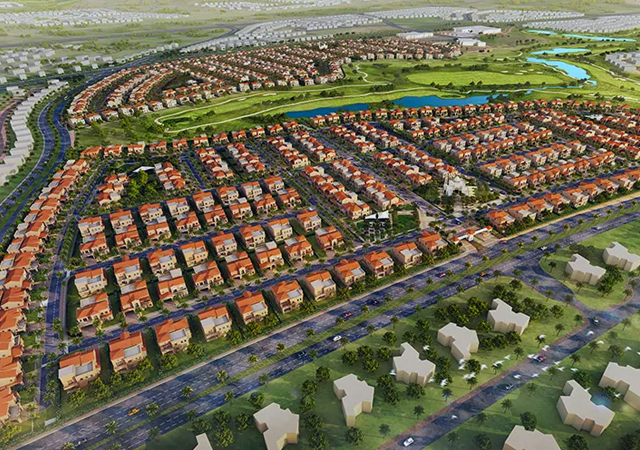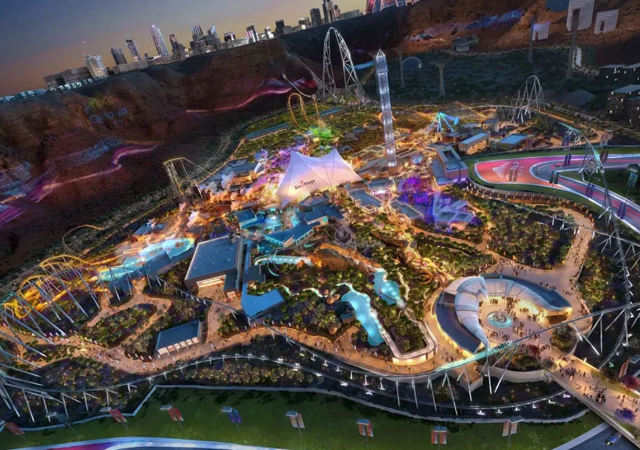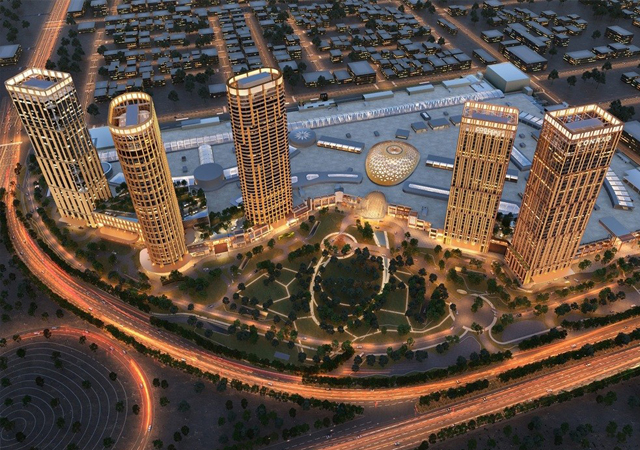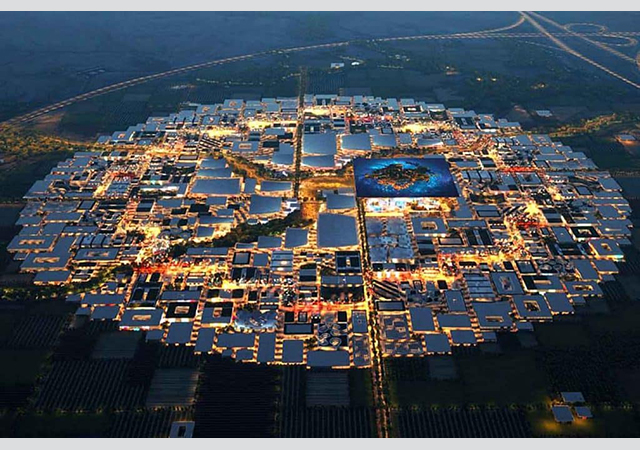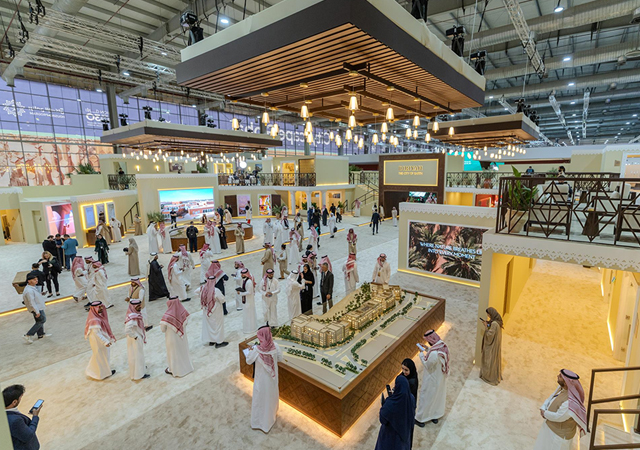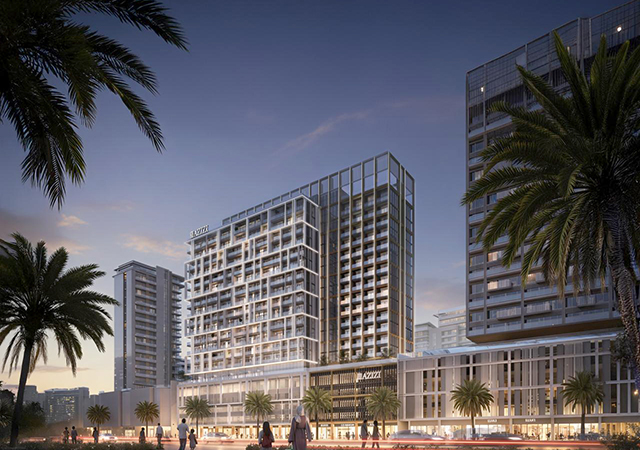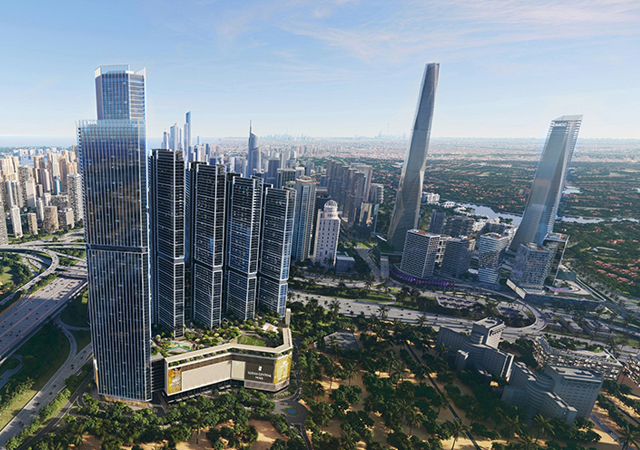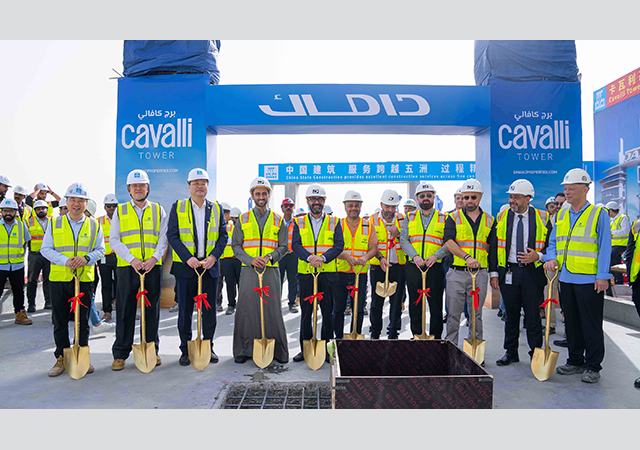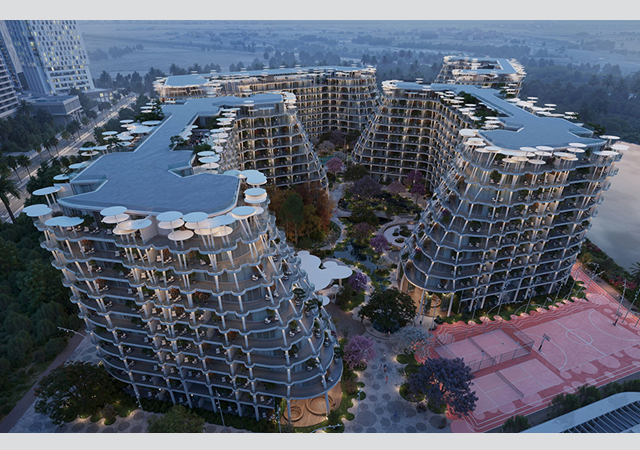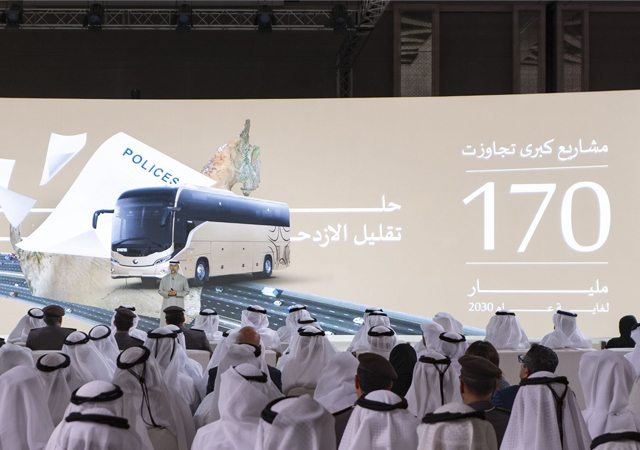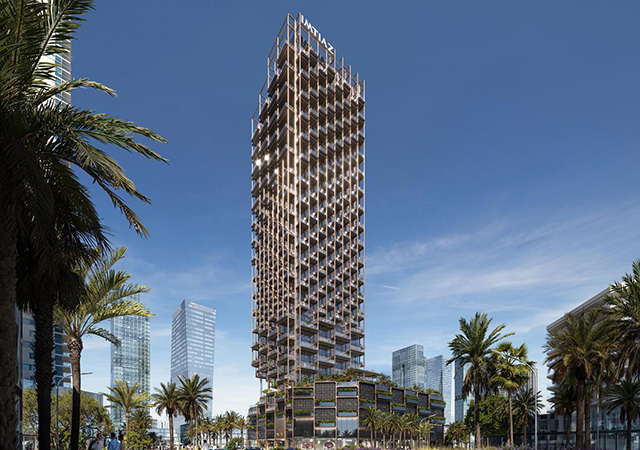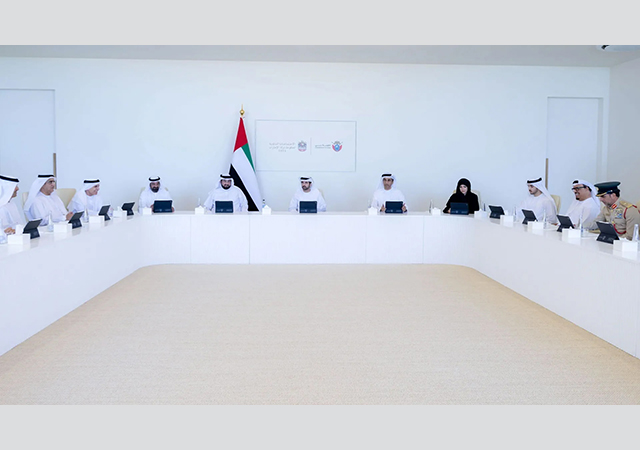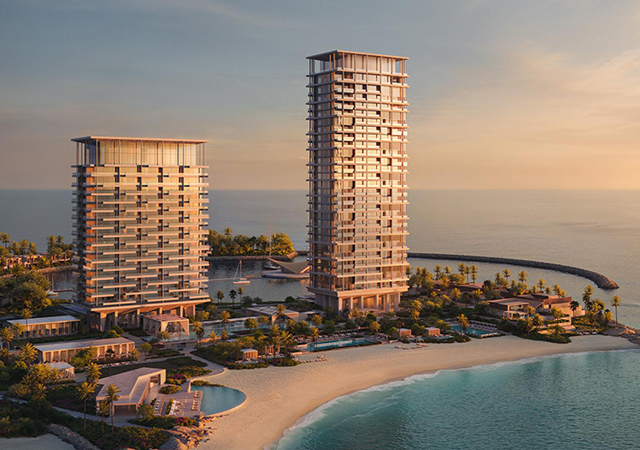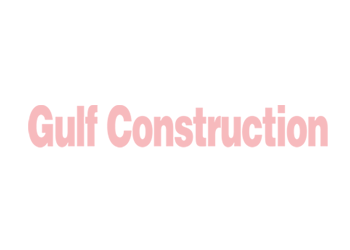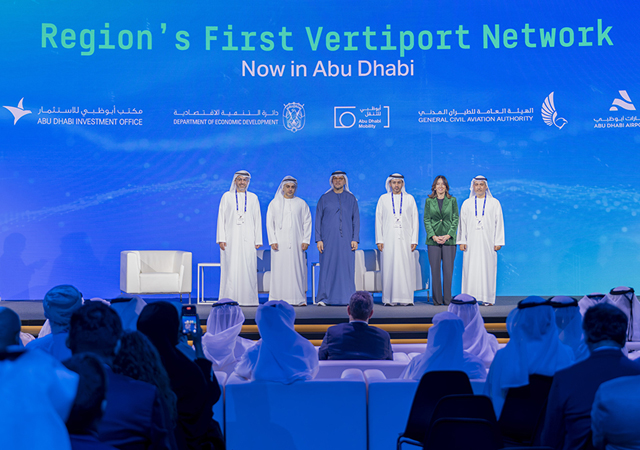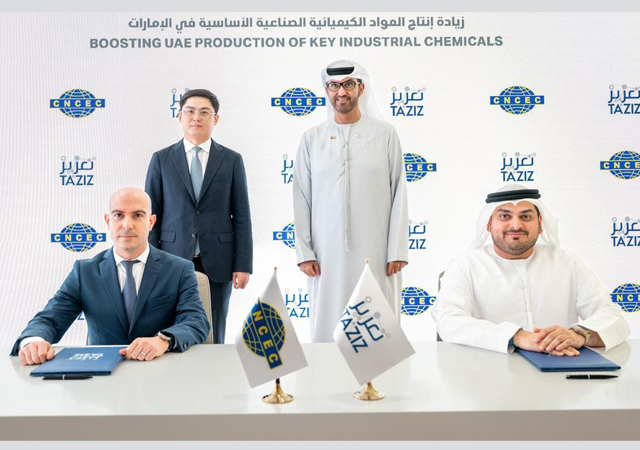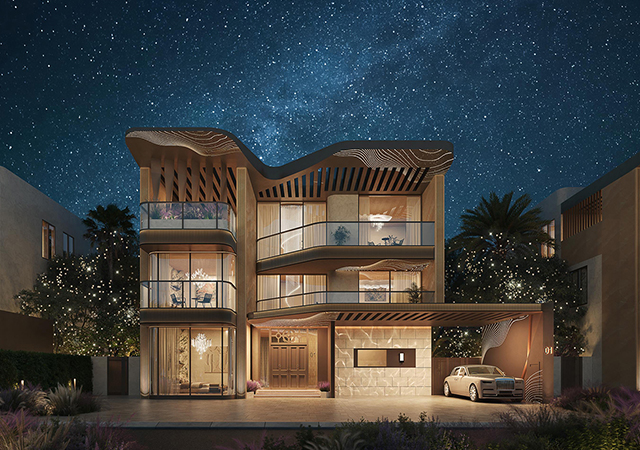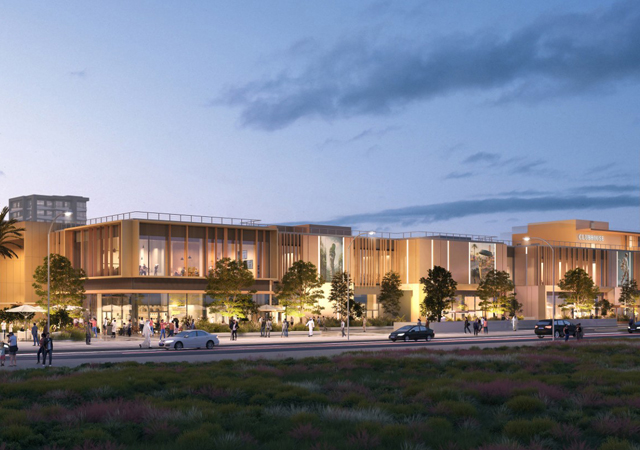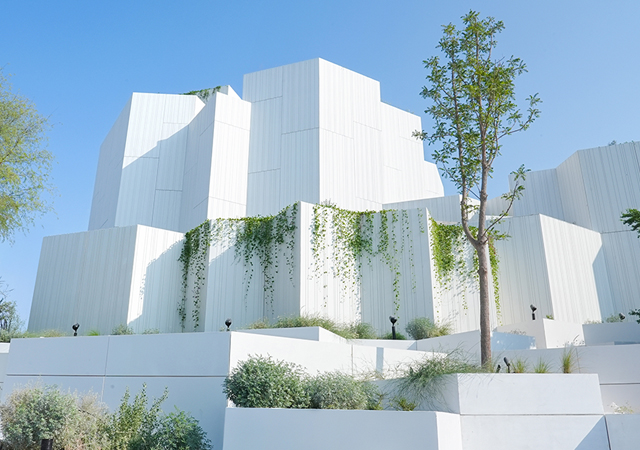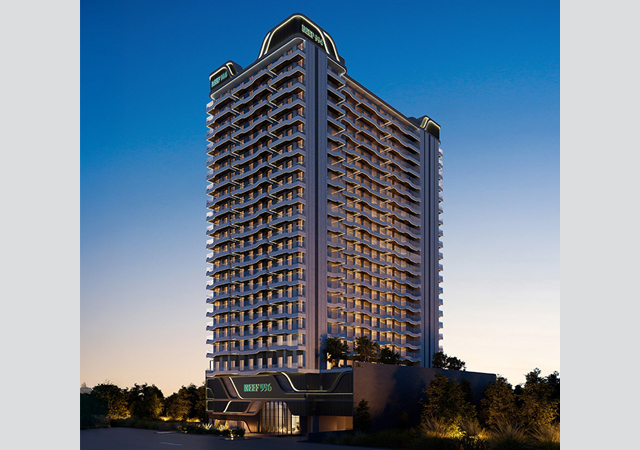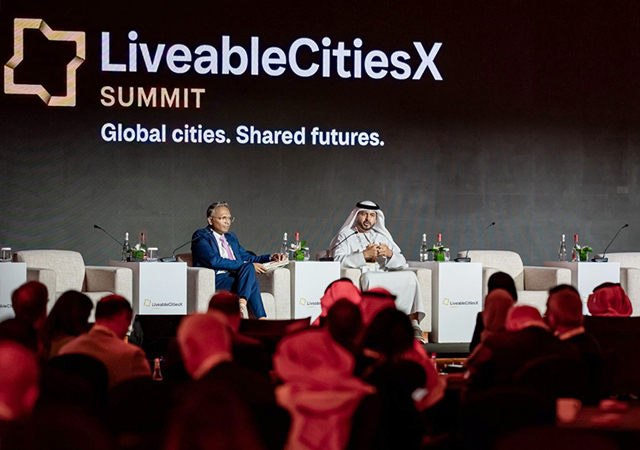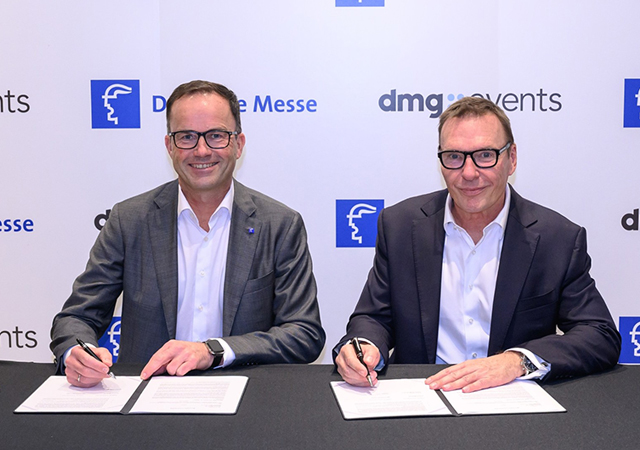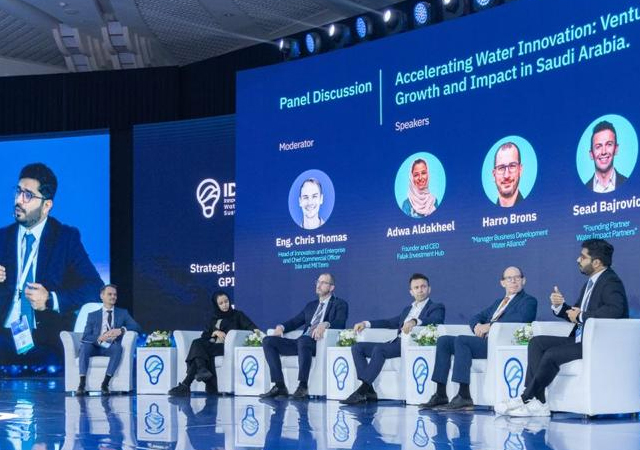
 GRC can be used to create a range of architectural features.
GRC can be used to create a range of architectural features.
UK engineering company Power-Sprays is set to make its debut at the Big 5 show by promoting the many advantages of using glassfibre reinforced concrete (GRC) as well as showcasing its comprehensive range of GRC production equipment.
A pioneer in the industry, Power-Sprays was established in 1962 and has been at the forefront of advances in the design, development and manufacture of specialist GRC production equipment for over 40 years. The company has its head office and manufacturing facility in Bristol, UK, where its team of skilled professional technicians ensure that all equipment is built to the highest standards.
Says managing director Ian White: “Bristol is a city renowned for high quality engineering. We became involved with GRC at the outset in the 1970s and take pride in being able to offer the complete GRC package of production equipment, raw materials and training. Collectively, we have years of practical experience and specialist production knowledge.”
GRC is a cement-based composite material reinforced with alkali-resistant fibres. The fibres add flexural, tensile and impact strength. GRC is now used worldwide to manufacture a vast range of precast products for the building and civil engineering industries.
The first commercial applications of GRC were in the 1970s following the development and commercialisation of high zirconia alkali-resistant (AR) glass fibre. The fibres, which have resistance to the high alkalinity levels in cement, add strength and flexibility to the concrete resulting in a strong yet lightweight end-product.
“AR fibres have been developed and improved and there is now a range of fibres available to meet specific applications,” explains Iain Peter, GRC technical director responsible for Power-Sprays associate company Fibre Technologies International,
GRC can be formed into thin-sectioned lightweight elements and provides designers, architects and engineers with substantial advantages when compared to other traditional concrete materials.
“A range of colours can be produced and GRC products can replicate many traditional building materials such as stone, slate, terracotta and marble. The material has such a wide flexibility in design and manufacture that it can reproduce most architectural styles, shapes, features and textures,” he points out.
Elaborating on its other advantages, he says: “Although GRC has a similar density to concrete, the products made from it are many times lighter. A cladding panel manufactured from 100-mm-thick precast concrete would weigh approximately 240 kg per sq m compared to a similar GRC panel of 40 to 50 kg per sq m. Thus, many GRC products can be lifted and installed manually.”
“As GRC products do not contain mild steel reinforcement, the problems associated with corrosion of reinforcement do not apply. Also, GRC will not rot and is completely unaffected by exposure to ultraviolet (UV) light.”
There are three main GRC production methods – traditional hand spray, cast premix and spray premix. Hand spray is the most versatile and popular production technique, where a special spray gun is used to simultaneously deposit chopped glassfibre and cementitious slurry onto a mould.
Cast premix,as the name suggests, is when the glassfibre is mixed into the cementitious slurry and the resulting material is poured or pumped into moulds and compacted using vibration or by using special additives in the mix.
Spray premix is a combination method where the premixed material is sprayed onto the mould. It combines the advantages of both production systems and is becoming the method of choice for many small architectural items, according to Peter.
Power-Sprays’ comprehensive range of manufacturing equipment covers all aspects of GRC production:
• Spray stations for hand spray and sprayed premix GRC as well as bespoke automated spraying systems for the mass production of standard GRC components;
• Mixers suitable for all applications ranging from manually operated, hand-fed mixers to fully-automated, high-output, silo-fed batching stations;
• Specialist GRC spray guns including the popular concentric spray gun;
• Glassfibre choppers, compaction rollers and depth gauges, among other products.
In addition, Power-Sprays can offer practical advice on setting up a GRC facility and sourcing high-quality AR fibre. Explains Peter: “The AR glass fibre supplied by Fibre Technologies International has a minimum zirconia content of 19 per cent, the highest of any commercially available glass fibre. Zirconia is what confers alkali resistance in glass – the higher the zirconia content the better the resistance.”
Power-Sprays supplies equipment to more than 100 countries and is well known and respected in the Middle East, says White.
“Power-Sprays was a front-runner in the supply of GRC equipment to the Middle East since the introduction of GRC in the late 1970s and now supplies to many prestigious companies throughout the region. You can walk down almost any street in Dubai today and see GRC, much of which will have been produced using Power-Sprays equipment.”
Excellent examples of GRC can be seen worldwide. In the UAE, key reference projects include the BurJuman Shopping Centre, with its 20 m-diameter free-standing, fully-insulated and waterproofed dome, the Mina A’Salam hotel – with its 4,300 sq m of GRC resembling natural stone – at the gateway to the Madinat Jumeirah resort, both in Dubai; and the Sharjah City Hall in the Cultural Square at Sharjah.
Power-Sprays will be exhibiting in Hall 2 at Stand 2F50.



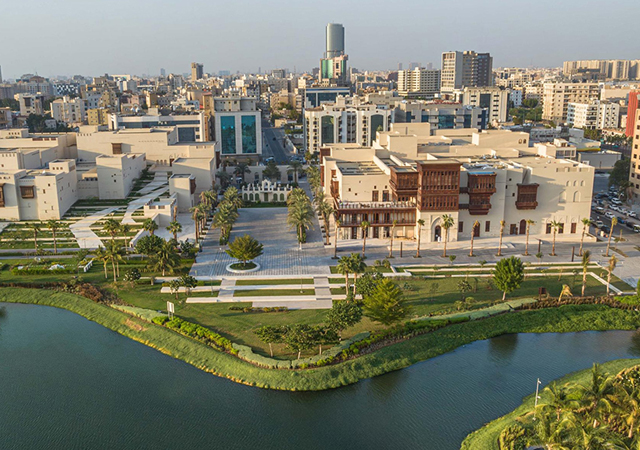
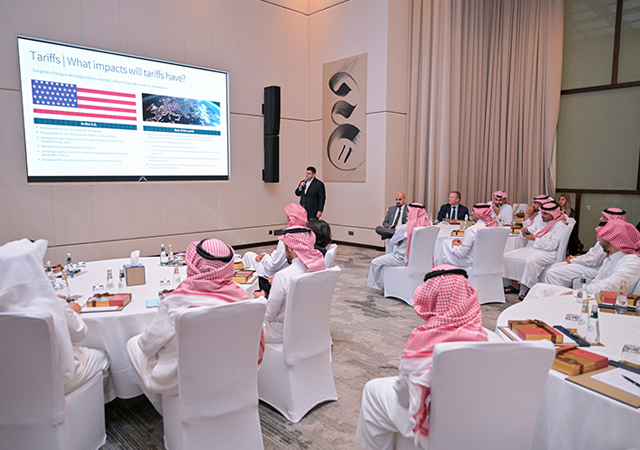
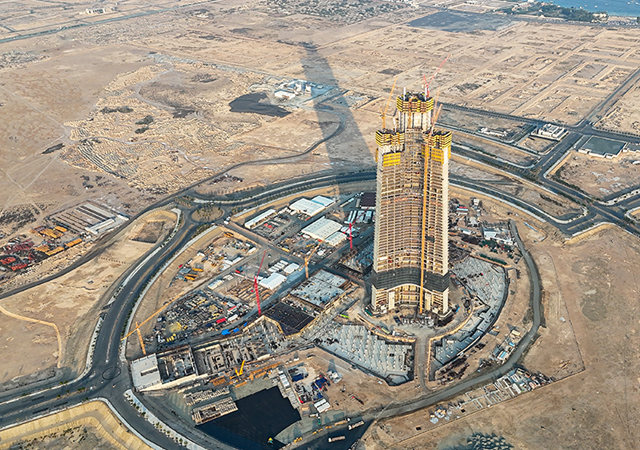
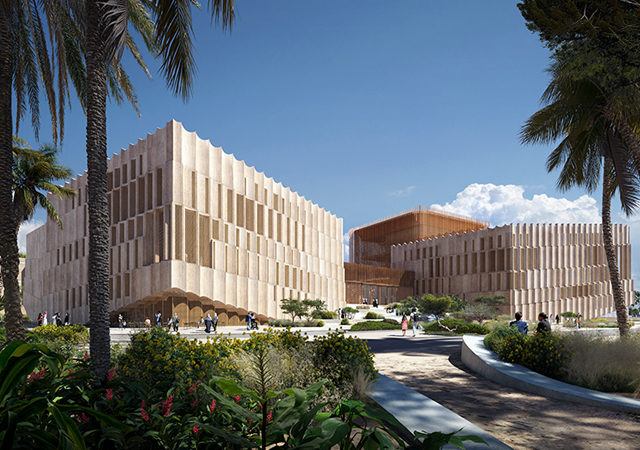
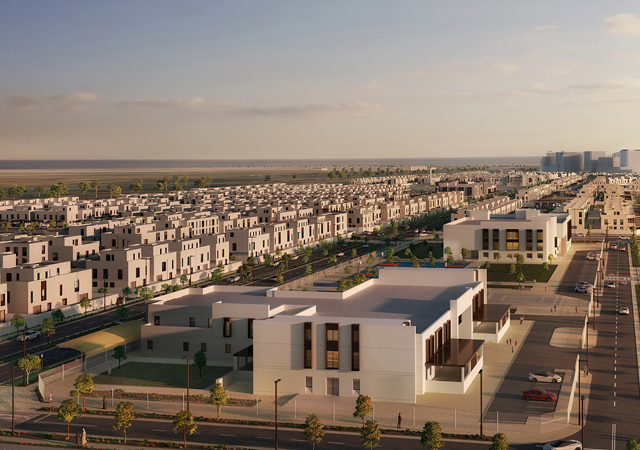
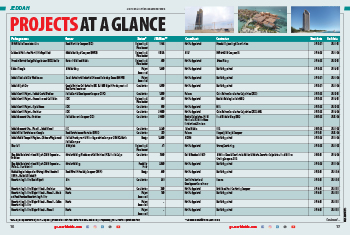
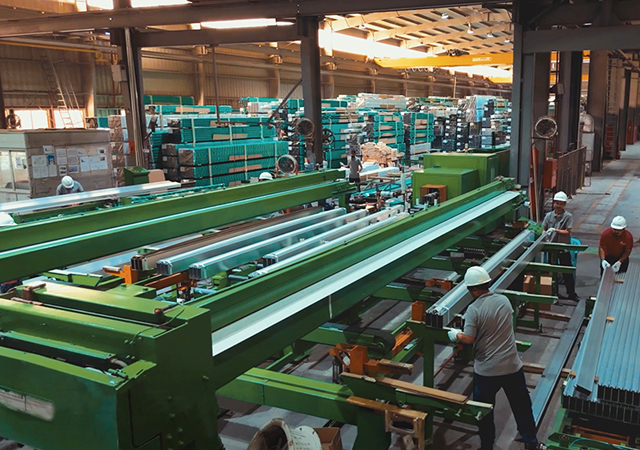

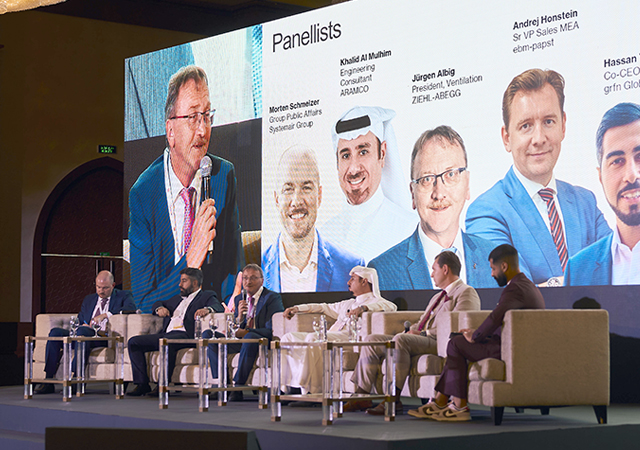
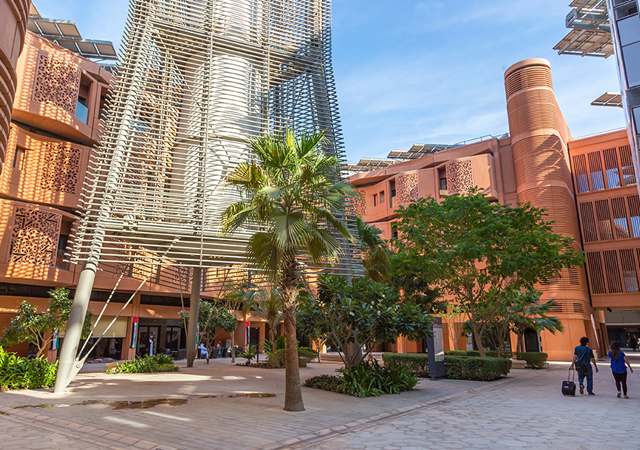
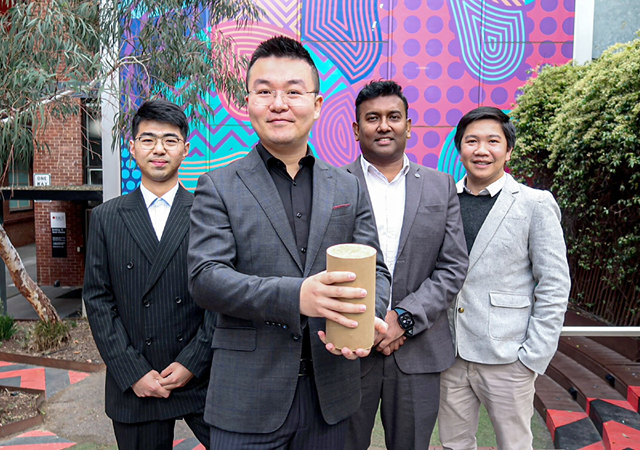
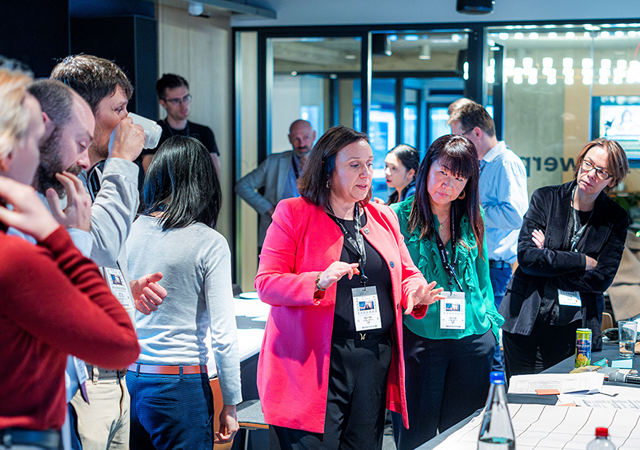
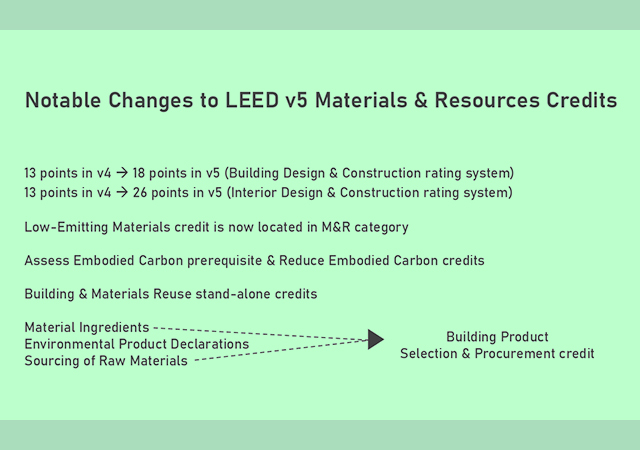
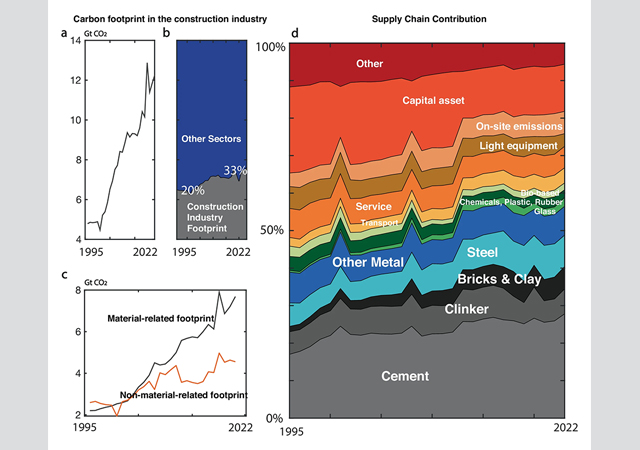
.jpg)
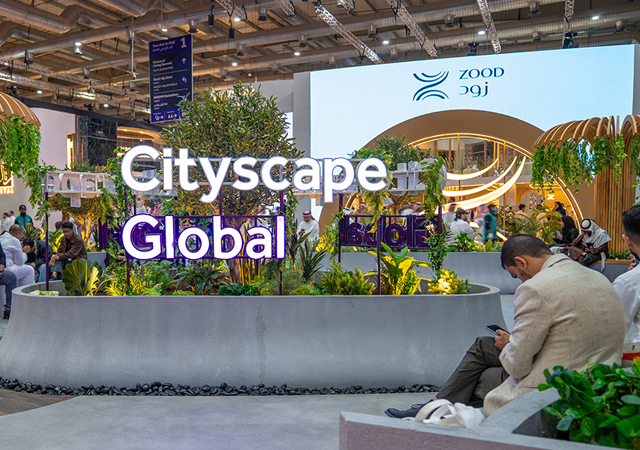
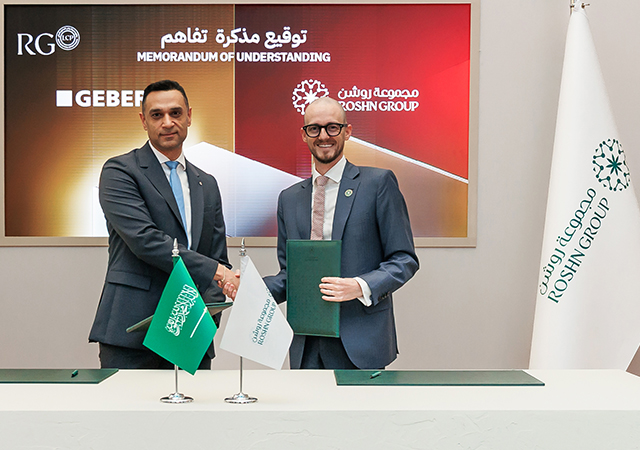
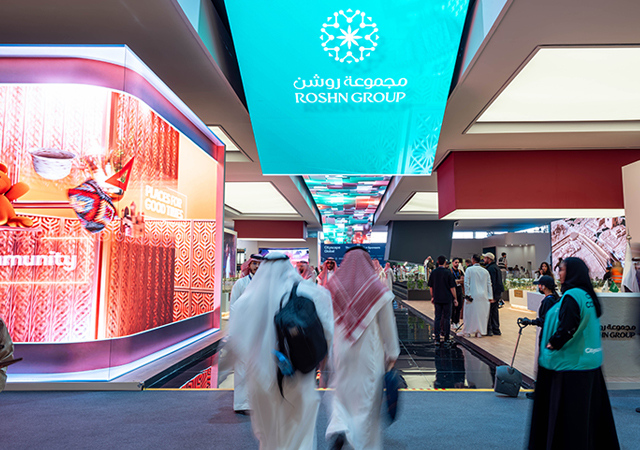

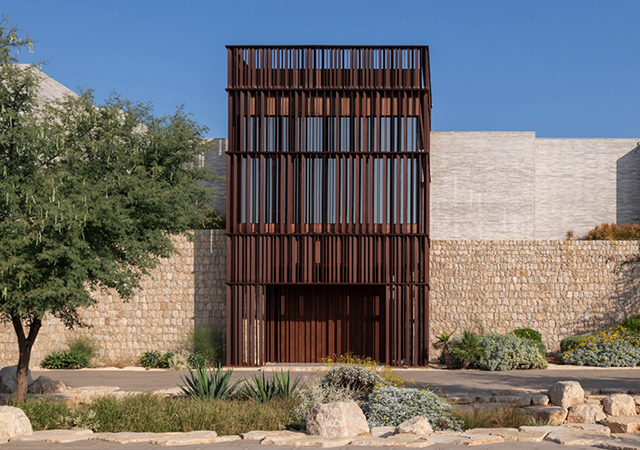
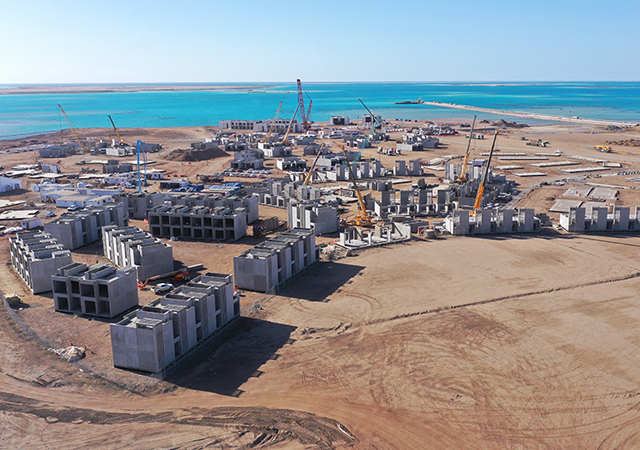
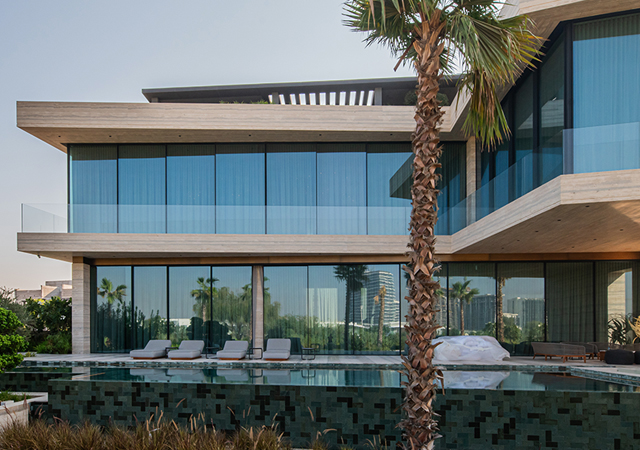
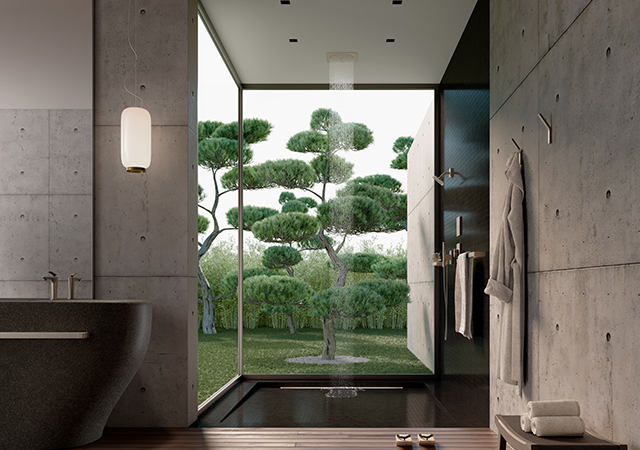
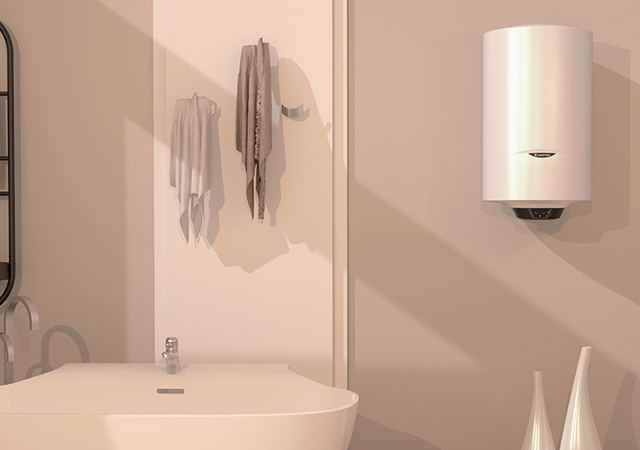
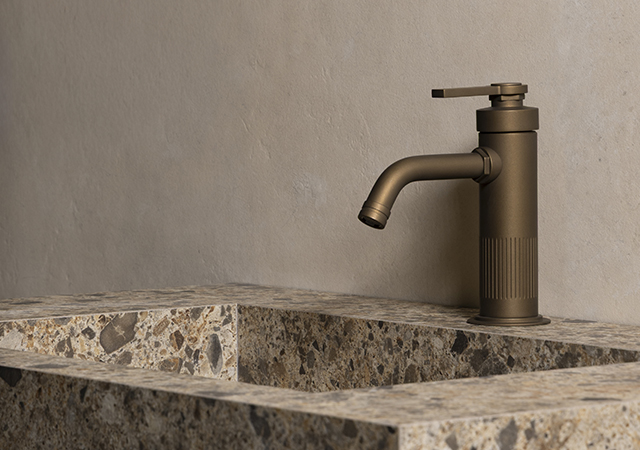

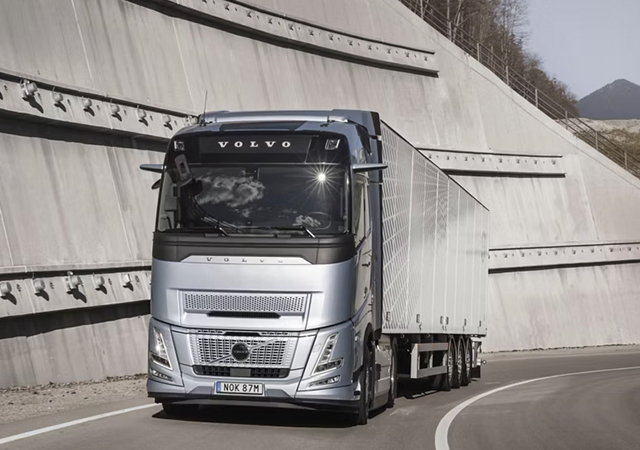
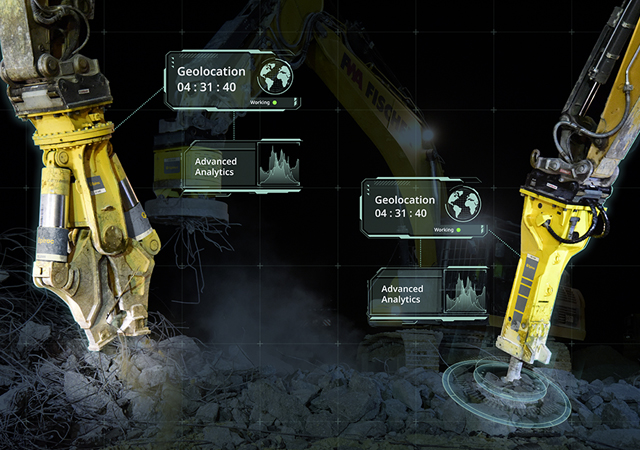
 (1).jpg)
